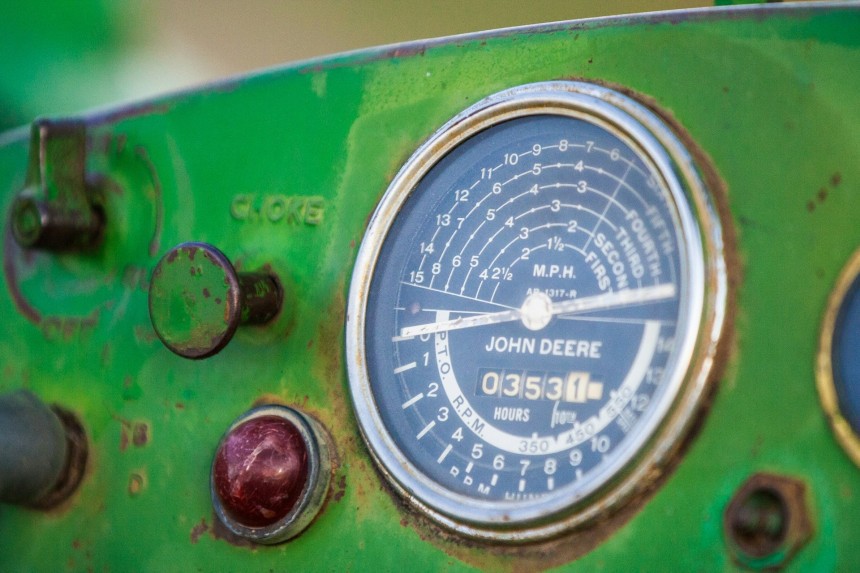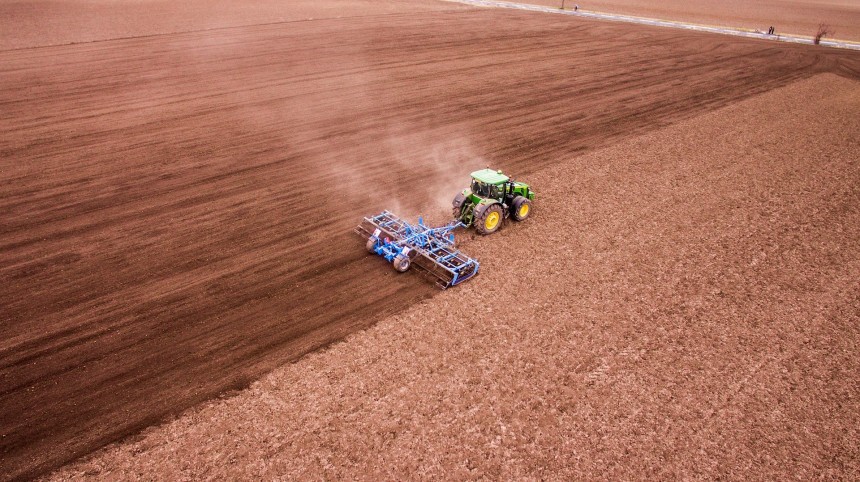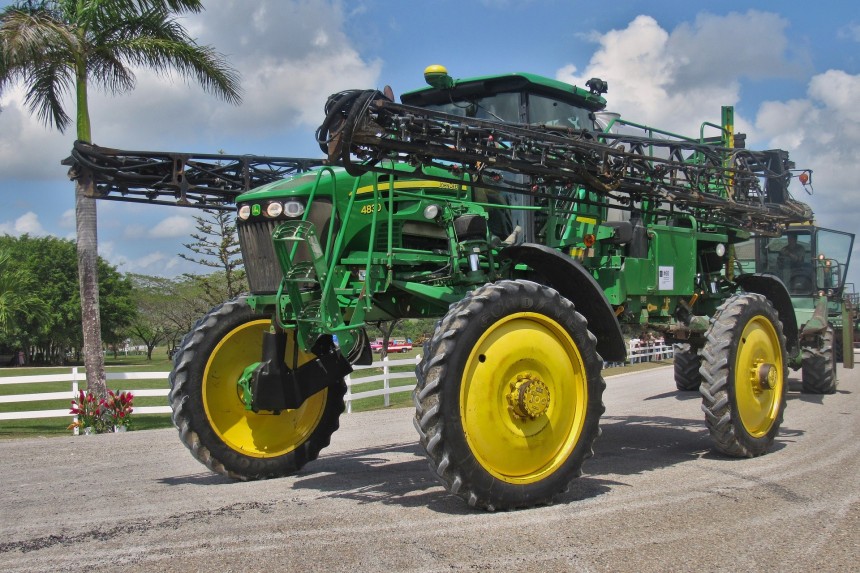Greedy or Smart? John Deere Is Gradually Moving Manufacturing Outside the US
Florin Amariei | AutoEvolutionGreedy or Smart? John Deere Is Gradually Moving Manufacturing Outside the US
Everyone recognizes that famous green and yellow color scheme. Chosen by John Deere's wife, Demarias Lamb Deere, it's supposed to represent the two most important stages of crops – growing and ready for harvest. The brand is synonymous with American prowess because the company started after its founder understood, all the way back in 1837, the need for better tools. Sadly, John Deere is now on a different path.
Farming equipment boasting the leaping deer logo is recognizable and easy to find almost everywhere in the world. Visit Europe, Asia, or Australia, and you'll see them working the land. Heck, you'll even find them in Africa. That's just how good they are.
Germans, especially, treat John Deere like it's their homegrown brand, even though the company is (still) based in the US. But this is not national confusion or an attempt to forcefully naturalize an American icon. It has been happening for a while because Deere took over Heinrich Lanz in 1956. The fact that there is so much of the green and yellow machinery everywhere raising dust has also helped.
Farming is intense work for both humans and equipment. Dirt, dust, seeds, dry soil, and rocks are very abrasive and can cause various issues. Over the years, John Deere has figured out how to make its products very reliable, and farmers have been enjoying buying and using them for quite some time.
But John Deere – the world's largest distributor of agricultural machinery – is a for-profit public company that must serve its shareholders first and foremost. Even though its stock price is in a slight downtrend year-over-year, there's hope on the horizon.
Untapped potential
The company started small. It came up with a strategy that involved inviting skilled people to pay for the honor of becoming John Deere-vetted technicians. It was well worth the effort because the company tackled it methodically. If you paid for the whole shebang, you would have benefitted from an exclusivity deal. John Deere wouldn't certify other people in your area. So you'd have always had customers.Sadly, that didn't work out for farmers. They had to wait longer times to have their rigs properly repaired. There was no easy way for them to fix the equipment themselves without the right tools and software. Either way, it cost them a lot.
Then, John Deere figured out that it had what mattered most: good machinery and a great reputation. So, the ideal step forward was finding new ways to make money off farmers. It discovered that software is very versatile and started manufacturing the same type of equipment for different prices. If you paid top dollar, you would've gotten everything. If not, some functionalities would've been hidden behind a paywall.
However, they wouldn't frame it like that. For example, the "Precision Upgrades" program promises a higher return on investment through savings and increased efficiency. An example the company gives is the possibility to upgrade sprayers that can target only weeds with precision. It costs $25,000. But farmers can take advantage of such great parts only with the accompanying software.
While agriculturalists can't force the world's best farming equipment manufacturer to change how it makes its products, they can sure fight for the right to repair. And that's precisely what they did.
Something worth fighting for
Last year, John Deere agreed to allow third parties to fix the equipment its customers bought. However, many consider that move to be preemptive. The company backtracked a bit but avoided having to deal with ironclad laws that could've prevented any type of right-to-repair barrier.Still, it at least offered more people access to service manuals and stopped asking everyone to pay for pricey tools and proprietary software. You'll still have to use the right parts, or the technician will need a piece of advanced diagnosing software. But that's to be expected. Apple does the same thing, too. Not many people are mad about it because they love the product.
Despite all that, every day, we're inching closer and closer to an automated world. Robots are replacing people in warehouses and factories. Cars are becoming increasingly smarter, and everyone seems to want robotaxis on the road. Large language models are so advanced now that they can make short movies and produce music based on a few prompts. So, they're getting to those who are creative, artistic or have a keen eye for details, too.
It wouldn't be far-fetched to presume that farming equipment could one day become fully autonomous. The term "smart farming" already exists, and newer machinery is making operators' lives easier. Harvesting, watering, picking, sampling, and sorting have already been impacted by new tech.
John Deere understands what's going on and doesn't want to share the same fate as Kodak. The company had a patent for a filmless camera but didn't want to actually make it because it was worried about not selling enough film.
Making the right moves, even though they're unpopular
So, John Deere is conducting another round of layoffs to stay ahead of the curve. Over 600 production workers from Illinois and Iowa learned they would be out of a job at the end of August.Ten years ago, the company pulled a similar move and sent home over 1,000 employees. Today, it says that "rising operational and declining market demand" were the reasons for such drastic measures.
 Photo: Daniel Lloyd Blunk-Fernández on Unsplash
Photo: Daniel Lloyd Blunk-Fernández on Unsplash
However, this round of layoffs coincides with John Deere's announcement that skid steer loaders and compact track loaders would be manufactured in Mexico by the end of 2026.
Fortunately, the impacted workers will receive up to six months of pay based on their length of service at the company. John Deere will also give them profit-sharing options and health benefits without mentioning what those would consist of.
In 2023, John Deere sold over $61.25 billion worth of equipment and software. It had a net income of $10.16 billion, over 40 percent more than in 2022. But management thinks the company can do even better. Besides laying off American workers, it's also investing in zero-tailpipe emission, battery-powered machinery.
Now, shall we say goodbye to John Deere and embrace Juan Deere? Well, many (or most) farmers have no other choice. They can't just switch to Case, New Hollan, Caterpillar, Kubota, or CLAAS.
It'll be up to John Deere, farmers, and regulators to stop the exodus south of the border and give people who actually work the land more options. Or, who knows, maybe the small-scale farmer's time has come to an end, and it's all just mega-corporations from now on.




